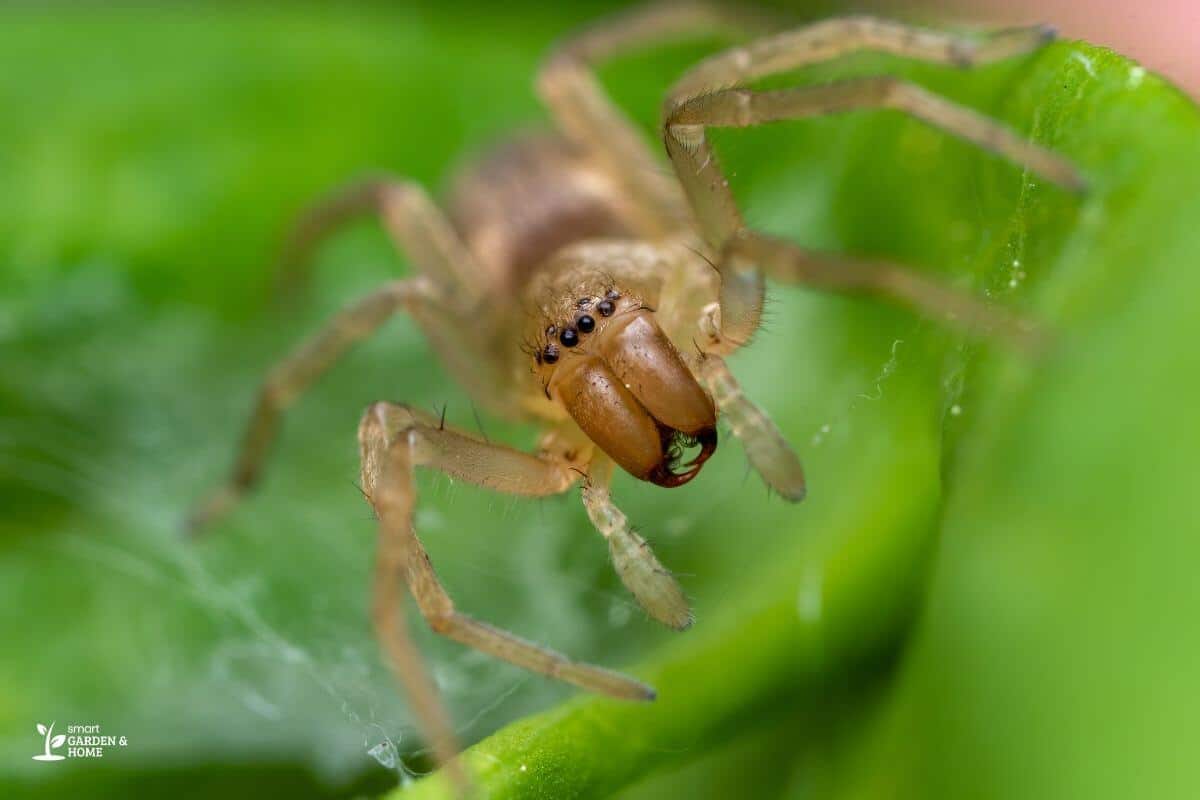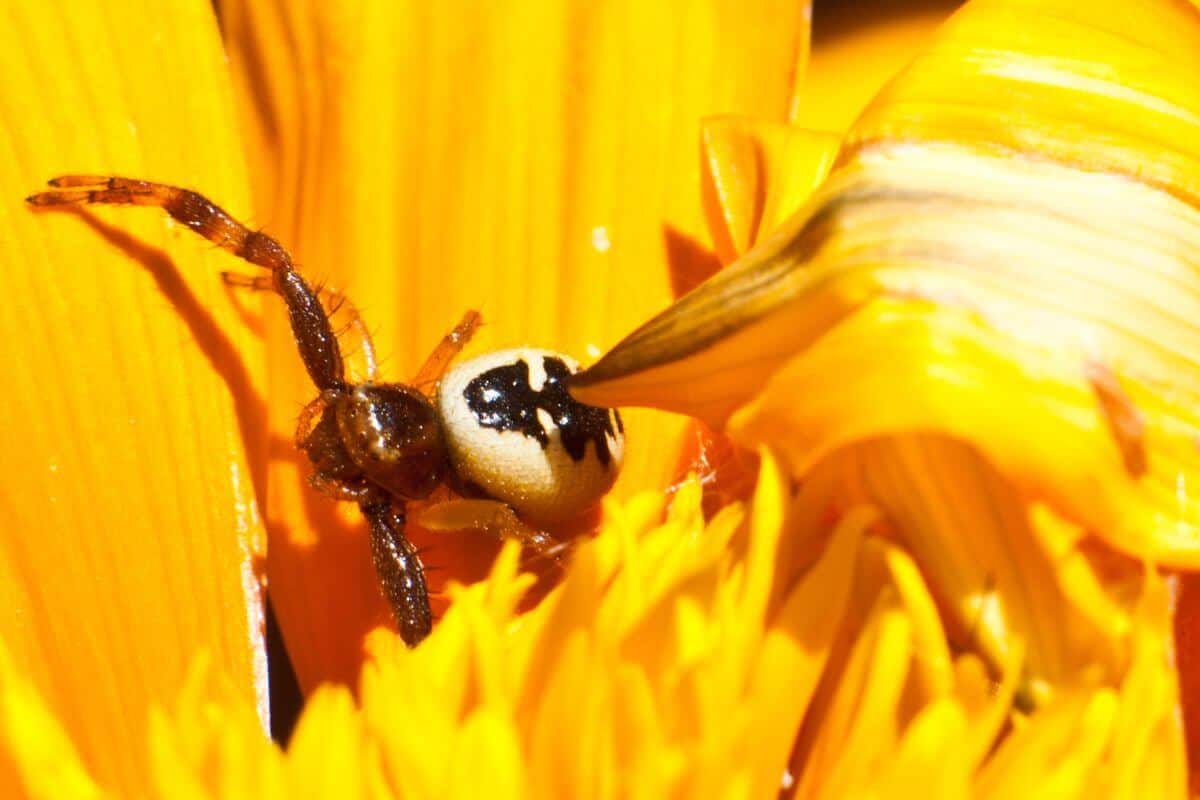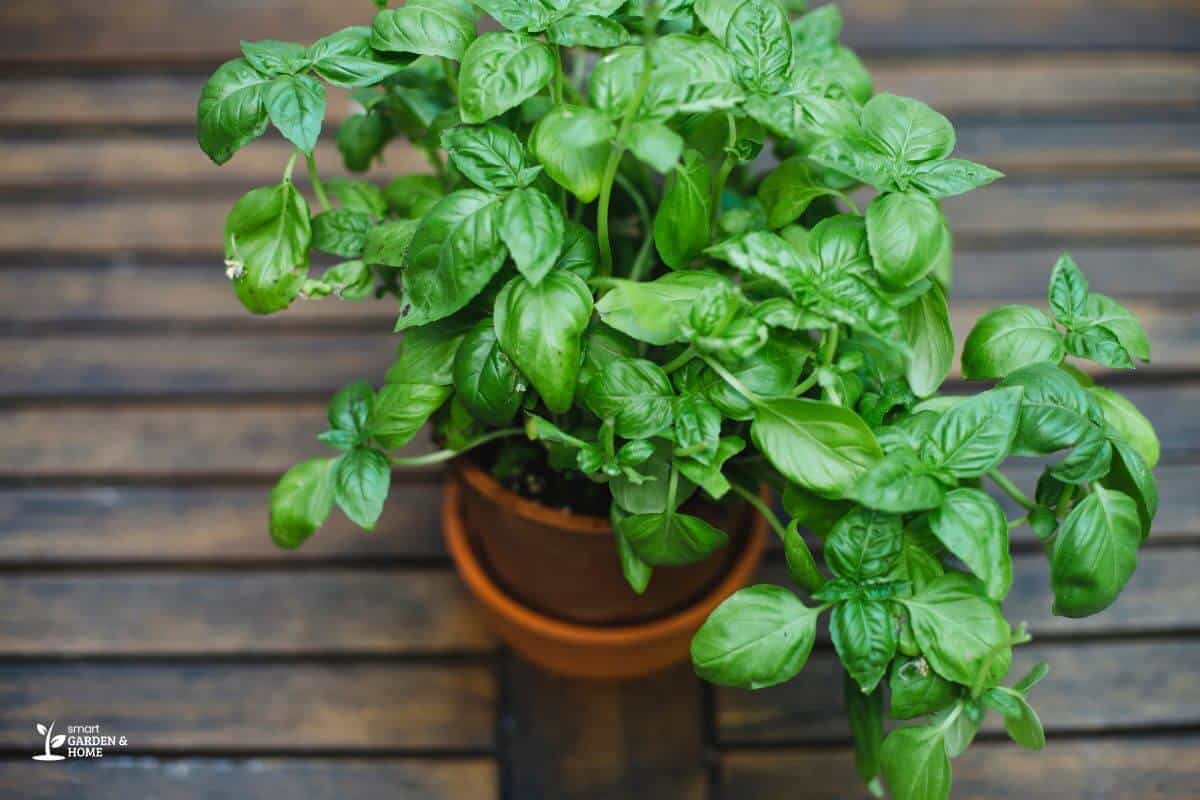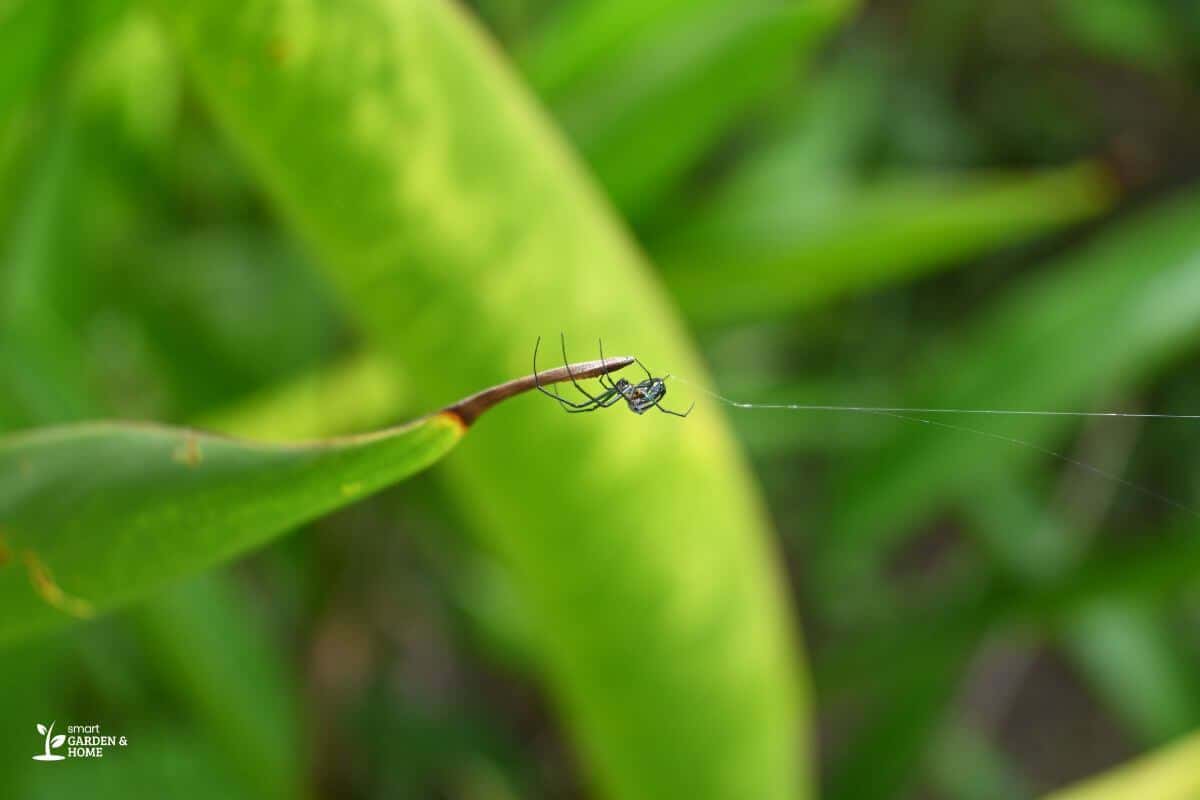Spider Plants (Chlorophytum comosum) are also called ribbon plants, spider ivy, or airplane plants. Many homeowners keep these ornamental plants because of their beautiful appearance.
For instance, spider plants with variegations on their leaves particularly look very stunning.
However, a concern of many is if these plants got their name from the fact that they attract spiders. As alarming as this may seem, we will address your questions in this article one by one.
- Related Article: Spider Plant Support
Interested to know more? We know you are. So let’s get right into the topic of spider plants and their effect on spiders.
Do Spider Plants Attract Spiders?

Despite their name, spider plants do not attract spiders. In the past, it was believed that spiders were drawn to these indoor plants, but it has been shown to be false.
This doesn’t mean that you will never see a spider on your spider plant. These animals spin their webs where they find the right conditions and they then multiply rapidly.
Most plants provide good hiding places, so it’s possible to see spider webs in between the leaves of your spider plant.
The conditions that will make it more likely that spiders will build their home on your spider plant are moisture, humidity, lack of aeration, dust, and excess foliage from lack of trimming.
What Plants Will Attract Spiders?
1. Sunflowers

The height and conformation of these flowers make them especially suited to spin webs. Some spiders have even evolved to camouflage among this tall plant’s petals.
2. Evergreen Trees
Pines and other evergreen trees provide lots of hiding spots for spiders.
3. Flowers Rich in Nectar
Spiders can occasionally feed from nectar, so they will be more likely to live near flowers that produce this sweet substance, such as daisies.
Do Spider Plants Keep Spiders Away?
We’re glad you asked. Spider plants or airplane plants don’t keep spiders away as they don’t have a strong smell that deters these arachnids from getting near them. In fact, it seems that spiders are pretty indifferent to spider plants.
What Plants Will Keep Spiders Away?
1. Peppermint
To keep spiders at bay, consider planting a peppermint plant. Not only can you use this to whip up a good drink and heal a lot of discomfort, but its distinct smell can also help deter spiders.
This perennial is easy to grow both indoors and outdoors.
2. Rosemary
Together with peppermint, pots of rosemary around the house or garden can turn away spiders. It’s probably because of its strong scent that spiders avoid living near this plant.
Rosemary is a low-maintenance plant that can live for years.
3. Lavender

Lavender is an excellent insect repellant that will also fill your house with a very calming and pleasant smell.
Unfortunately, it isn’t one of the easiest plants to grow indoors, as it needs warmth and dryness, being native to the Mediterranean.
4. Basil
The strong and fresh scent of basil that we love so much is a deterrent for spiders, which won’t go near the plant.
You can keep a few basil plants around the house or use its leaves to make an insect-repellent spray.
5. Lemon Balm
This is one of the best plants in this list to grow indoors. Lemon balm doesn’t require much care, but it does need plenty of sunlight.
Lemon balm is also effective in repelling fruit flies.
Tips to Get Rid of a Spider Infestation

1. Use a homemade repellent spray. Make a natural spray by using essential oils or the leaves of plants that repel spiders, such as a basil or peppermint solution.
You can spray this directly on your houseplants if you need to, without causing them harm.
2. Grow plants that repel spiders. Growing mint, rosemary, lavender, basil, and lemon balm in your home or in the garden will keep spiders away.
3. Vacuum them. If there are plenty of spiders in your home, you can simply vacuum them up together with their webs.
4. Reduce populations of their prey. If spiders find nothing to eat, they will eventually leave. Therefore you also have to minimize other insect infestations in your home.
5. Place spider traps around the house. You can easily purchase spider traps online or in garden stores.
Why Do Spider Plants Have “Spider” in the Name?

Since spider plants have nothing to do with real spiders, you might wonder how these decorative plants got their name.
There are actually two theories. A popular one states that it is because of their spider-like appearance, with their thin, long leaves, dome-like shape, and yellow tiny flowers for some species that could look like spider eyes.
Others say it’s because spiderettes that grow at the end of long stems look like spiders hanging down from their web.
Whatever you choose to believe is up to you but if you ask us, both make perfect sense. Therefore, there is no need to fear keeping these popular plants in your home as they don’t actually attract spiders.
Final Thoughts on Spider Plants and Spiders
While spider plants are not the main culprits in attracting spiders, a lack of upkeep and plant care will make it an ideal environment for these arachnids to thrive.
Make sure that you do not set your spider plant up for pest infestations as the increased presence of other bugs will also increase the chances of spiders in your plant due to food supply.
There are several ways to deter or kill spiders without the need to use dangerous pesticides. We have included a homemade repellant spray as a top natural solution.
If you want to know more about spider plants, then head on to these other awesome articles that we wrote just for you:
- How Long Will a Spider Plant Live
- Common Spider Plant Problems
- Spider Plant Eating Bugs
- Spider Plant Getting Leggy
- How to Fix Overwatered Spider Plant
Sources:

